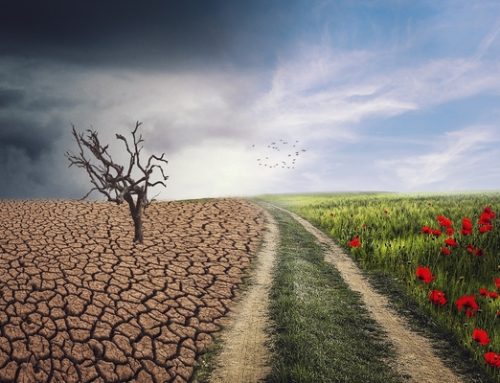Should coming generations experience an ocean full of life or a broken and calm one?
This is the question a number of international researchers want the human race to decide during the next few years.
A new study published in Nature magazine shows that we can still regain the balance in the world’s oceans and thereby save them, and that we can reach this balance by 2050. But it takes a lot of change and big decisions, as well as huge consequences, to save the world’s oceans.
The humpback whale leads the way
In order to reveal how we can create new life in the world seas, the research group has looked more closely at the population of humpback whales. In the 1960:s, humpback whales were on the brink of extinction, leading to the introduction of several far-reaching measures to preserve and restore the stock. It has been found that these measures have worked, and since 2015 the humpback whales are no longer threatened.
Long term views
Among other things, it is proposed to limit fishing, reduce pollution and actively contribute to restoring habitats. At the same time, we need a number of measures to counter climate change in general if we are to succeed in saving the world regions.
The group of researchers also points out that we can only succeed in recovery if the efforts are supported by global cooperation and significant financial investments.
Register your company on Save The Future and show your customers, partners and suppliers that you work with an environmental mindset that helps improve and protect the world’s climate.
Even the smallest climate change efforts make a difference ➔ register your organisation or company today.




